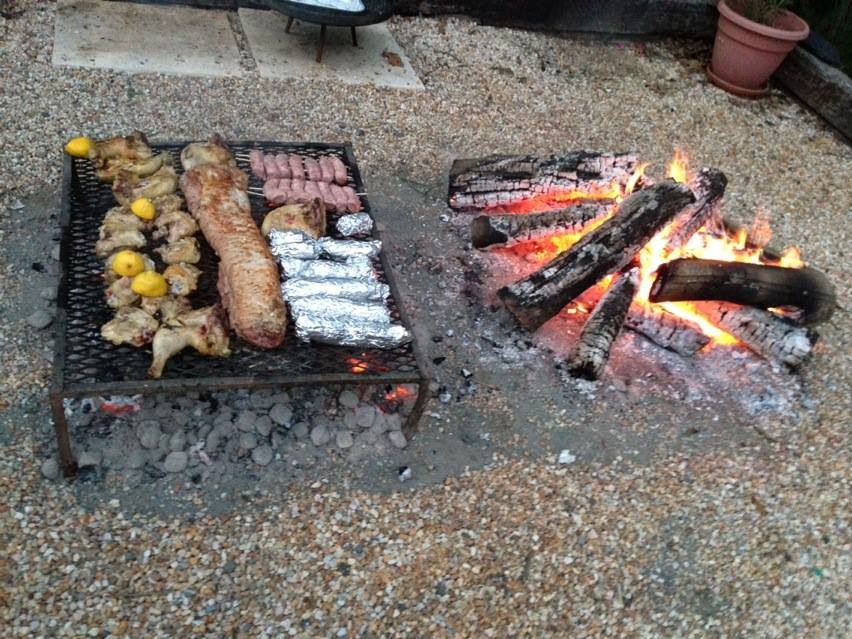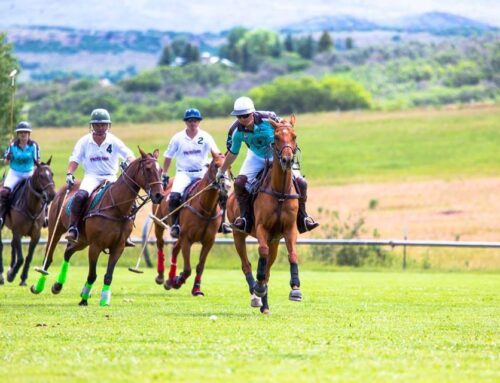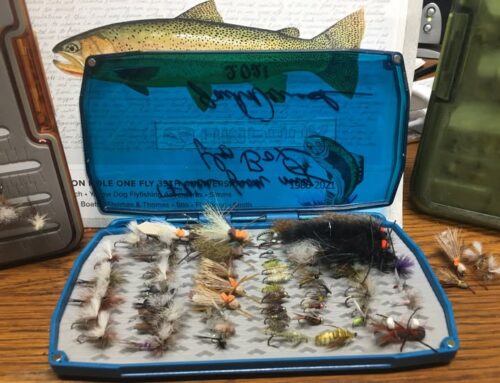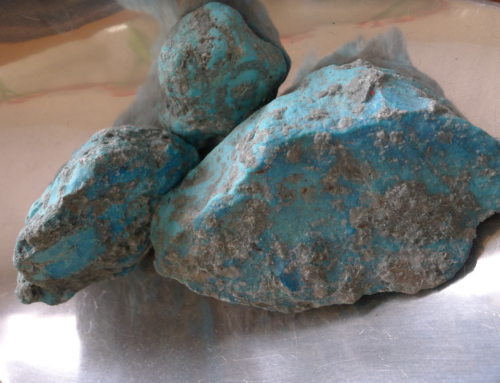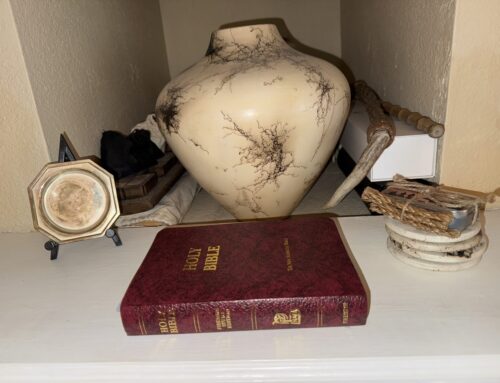The Local newsletter writes:
Temperatures are getting warmer, the kids are out of school, and John Muir’s famous mantra, “The mountains are calling, and I must go” is ringing in your head. It’s time to pack up the tent or RV and head out in search of adventure and relaxation. Just one issue: You were too busy schlepping around your ski gear during the winter to make a campsite reservation six months in advance.
As more and more people head into the Colorado backcountry, that’s become a common problem. Data released by Kampgrounds of America, Inc. (KOA) in April shows that in 2021, 57 million households in the U.S. and Canada reported they went on at least one camping trip in the past year, an 18 percent increase compared to 2020. According to the same study, many of these campers booked sites earlier in the season; by early April, three out of four households had typically reserved at least some of their campsites for the year.
That’s only $1 per issue!
So what are those of us who failed to plan ahead supposed to do? Here’s the down and dirty on how to get a last-minute campsite in Colorado.
Be Willing to Travel Farther from Home
Front Rangers looking to book a campsite just a couple weeks (or less) in advance should prepare for a bit of a drive. “The easier it is for people to camp, the busier it’s going to be,” says Jason Hagan, park manager at Cheyenne Mountain State Park in Colorado Springs. “The farther away from your big cities [and] the Front Range, the easier it’s going to be to get a spot.”
Often, a willingness to add an extra hour or two to your “commute” and/or heading north, east, or south (instead of west) will open up far more campsite possibilities. We’ve had luck getting last-minute campsites at the Buffalo Springs Campground off of U.S. Route 285 near Fairplay, as well as at Lathrop State Park, which is 90 minutes south of Colorado Springs.
Check out Private Campgrounds
If your heart is set on camping in a specific area, but the government-run campgrounds are full, don’t forget to look into private campgrounds like Yogi Bear’s Jellystone Park outside of Estes Park and the numerous KOA Campgrounds scattered around the Centennial State. While these options are often more expensive (around $50 to $125 per night compared to $10 to $50, though prices can vary considerably), they also tend to have more amenities on-site, like pools, playgrounds, showers, and maybe even a mini-golf course.
Nab a First-Come, First-Served Campsite
Many Colorado campgrounds offer the procrasti-camper’s dream: a handful of first-come, first-served sites. Keep in mind, however, that non-reservable spots, like those in Rocky Mountain National Park’s Longs Peak Campground and the Rainbow Lakes Campground near Nederland, are hot commodities. If your work schedule allows, try to go during the week, when there’s less competition for one of these sites. Hagan also recommends doing a little background research on your desired campground to see when the check-out time is set. Arrive a little beforehand, and you’ll have a better chance of snatching a site as its previous tenants are pulling out of the gravel driveway.
Look for Dispersed Camping Options
National Forest and Bureau of Land Management (BLM) lands have many areas where dispersed camping—namely, camping on public lands in undesignated areas away from developed recreation facilities—is allowed. That often means you can simply pull up and set up camp for a maximum of 14 days within a 28- to 30-day period. For Forest Service lands, the general rule is to camp 100 feet from any road, trail, or water source. BLM guidelines encourage campers to reuse areas where it’s obvious someone has previously set up a home away from home.
Some public lands have additional restrictions—fire bans or bear canister requirements, for example—so check the public area’s website and maps before leaving home. (These areas tend to be far from cell service, so it can be hard to check regulations on-site.) Once there, respect any posted rules, and pack out all garbage, including solid human waste.
Borrow a Llama
Rocky Mountain National Park has about a dozen campsites designated as wilderness stock sites, meaning they’re only open to parties with a horse, mule, burro, or llama in tow. It turns out, not too many people have pack animals on hand (and those who do don’t take them camping very often), which means you can typically snag one of these sites just a few days before departure.

